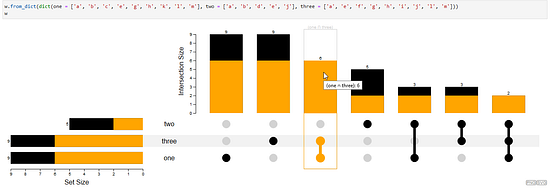


If you always use the same modifications with theme() function, I highly suggest that you create your own theme.Menus Icon Bar Menu Icon Accordion Tabs Vertical Tabs Tab Headers Full Page Tabs Hover Tabs Top Navigation Responsive Topnav Split Navigation Navbar with Icons Search Menu Search Bar Fixed Sidebar Side Navigation Responsive Sidebar Fullscreen Navigation Off-Canvas Menu Hover Sidenav Buttons Sidebar with Icons Horizontal Scroll Menu Vertical Menu Bottom Navigation Responsive Bottom Nav Bottom Border Nav Links Right Aligned Menu Links Centered Menu Link Equal Width Menu Links Fixed Menu Slide Down Bar on Scroll Hide Navbar on Scroll Shrink Navbar on Scroll Sticky Navbar Navbar on Image Hover Dropdowns Click Dropdowns Cascading Dropdown Dropdown in Topnav Dropdown in Sidenav Resp Navbar Dropdown Subnavigation Menu Dropup Mega Menu Mobile Menu Curtain Menu Collapsed Sidebar Collapsed Sidepanel Pagination Breadcrumbs Button Group Vertical Button Group Sticky Social Bar Pill Navigation Responsive Header P + theme_bw() + labs(title = "Avec theme_bw()") The default theme used by ggplot2 is theme_gray() but I often switch for theme_bw() (for black and white). All elemements can be changed through the theme() function but there also are pre-configured. Ggplot2 theme manages how your graphic looks like.
#RMARKDOWN TWO COLUMNS HOW TO#
Besides, it’s better if you know how to create a R Markdown document and you know how to include R code in it (with a chunk).Labs(x = "Culmen Length (mm)", y = "Culmen depth (mm)", fill = "Species", color = "Species") Geom_smooth(method = "lm", formula = "y ~ x", alpha = 0.3) + P <- ggplot(penguins_raw, aes(x = culmen_length_mm, y = culmen_depth_mm, color = species, fill = species)) + To avoid iris data, I will use a data visualisation of Palmer penguins data recently included in a R package by Allison Horst (go see her illustrations too !). If not, you can have a look at this book freely available online. I assume you have already made a graphic with ggplot2 or at least seen some ggplot2 code.In this post, I share with you some tips found over time. Therefore, ggplot2 graphics are often included in my R Markdown documents.įeatures of both packages are highly flexible and you CAN always get what you want ! But if you are just starting out, getting what you want can be cumbersome. You’ll find quite a few R packages to build graphics but I have a preference for ggplot2 (I’m not alone!). Doing daily data analysis, I usually deliver outputs in report and R Markdown naturally became an essential tool of my workflow.ĭata analysis without data visualisation is like playing darts in the dark, there is a good chance you’ll miss the bullseye point. It is a real asset for analysis reproducibility as well as communication of methods and results.


Writing R Markdown document makes possible to insert R code and its results in a report with a choosen output format (HTML, PDF, Word).


 0 kommentar(er)
0 kommentar(er)
